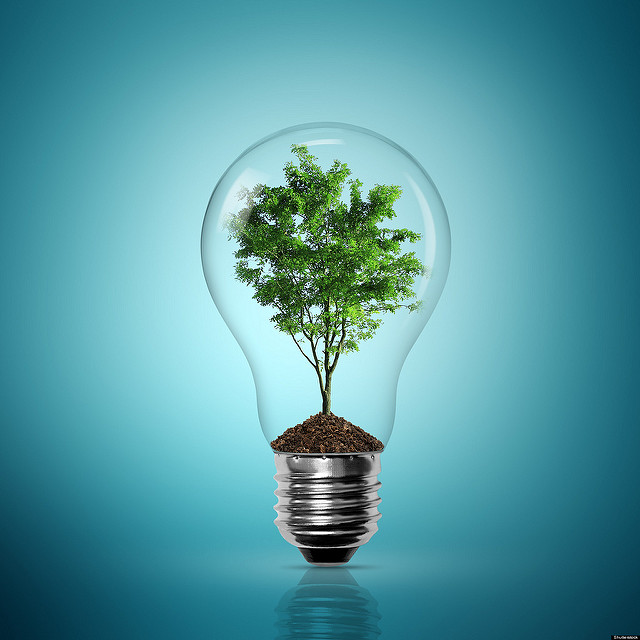
The U.S., China, India, and Climate Change
The US has worked closely with India and China to address the issues of climate change and clean energy. Put together, these three countries are the three largest greenhouse gas emitters, accounting for 46.7% of total emissions in 2012. On June 7th Prime Minister Modi of India met with President Obama, and on June 6th and 7th the Eighth Round of the U.S.-China Strategic and Economic Dialogue (S&ED) took place. The many agreements that resulted from these events reflect the U.S’s ongoing progress and expanded cooperation on climate change with India and China.
Fact sheets released by the White House show that the US, India, and China are all committed to bringing the Paris Agreement into force, and signing it as quickly as possible in 2016. Additionally, all three countries reaffirmed their support for adopting an ambitious hydroflurocarbon phasedown amendment to the Montreal Protocol. This amendment could prevent up to half a degree Celsius of warming, making it one of the most substantial actions countries can take to implement the goals of the Paris Agreement.
Furthermore, through the International Civil Aviation Organization the countries will work to adopt global market-based measure to reduce greenhouse gas emissions from international aviation. In addition to this, the U.S. and China formally launched the “Race to Zero Emissions” program which encourages cities in the U.S. and China to deploy zero-emission buses in their transit systems.
A major focus of this year’s U.S.-China S&ED was the expansion of sub-national climate cooperation and leadership. Earlier in June the second U.S.-China Climate-Smart / Low-Carbon Cities Summit was held in Beijing. 66 new cities from both countries endorsed the U.S.-China Climate Leaders Declaration, bringing the total number of signatories to 77. The declaration states the signatories’ intentions to establish ambitious climate goals, regularly report on greenhouse gas emissions, establish climate action plans, and enhance bilateral cooperation. Secretary Kerry announced that in 2017 Boston will host the third U.S.-China Climate-Smart / Low-Carbon Cities Summit.
Another highlight of the S&ED was the launch of a new cooperation on Power, Consumption, Demand, and Competition. The inaugural meeting was held at the S&ED where the two sides exchanged best practices on institutional innovations and policy actions that can help China increase their utilization and integration of renewable energy.
The U.S. and India also strengthened and expanded their Partnership to Advance Clean Energy (PACE). Most notably, the U.S. agreed to support a deal in India that will build six AP1000 reactors by 2030. The project will fulfill the U.S.-India civil nuclear agreement and will create jobs in both the US and India. Read more on the U.S.-India nuclear agreement in the article “Why the Nuclear Export Deal with India is Important for American Security” by Andrew Holland, a Senior Fellow at American Security Project.
Additionally, President Obama and Prime Minister Modi discussed many ways to increase the utilization of solar energy in India. Since 2009, PACE has mobilized over $2.5 billion to support clean energy deployment. Now, two new initiatives (US-India Clean Energy Finance Task Force and the New Clean Energy Finance Initiatives) should mobilize up to $1.4 billion in climate finance for Indian solar projects.
Click here to read more about the 2016 S&ED.
Click here to read more about the outcomes of President Obama and Prime Minister Modi’s talks.





